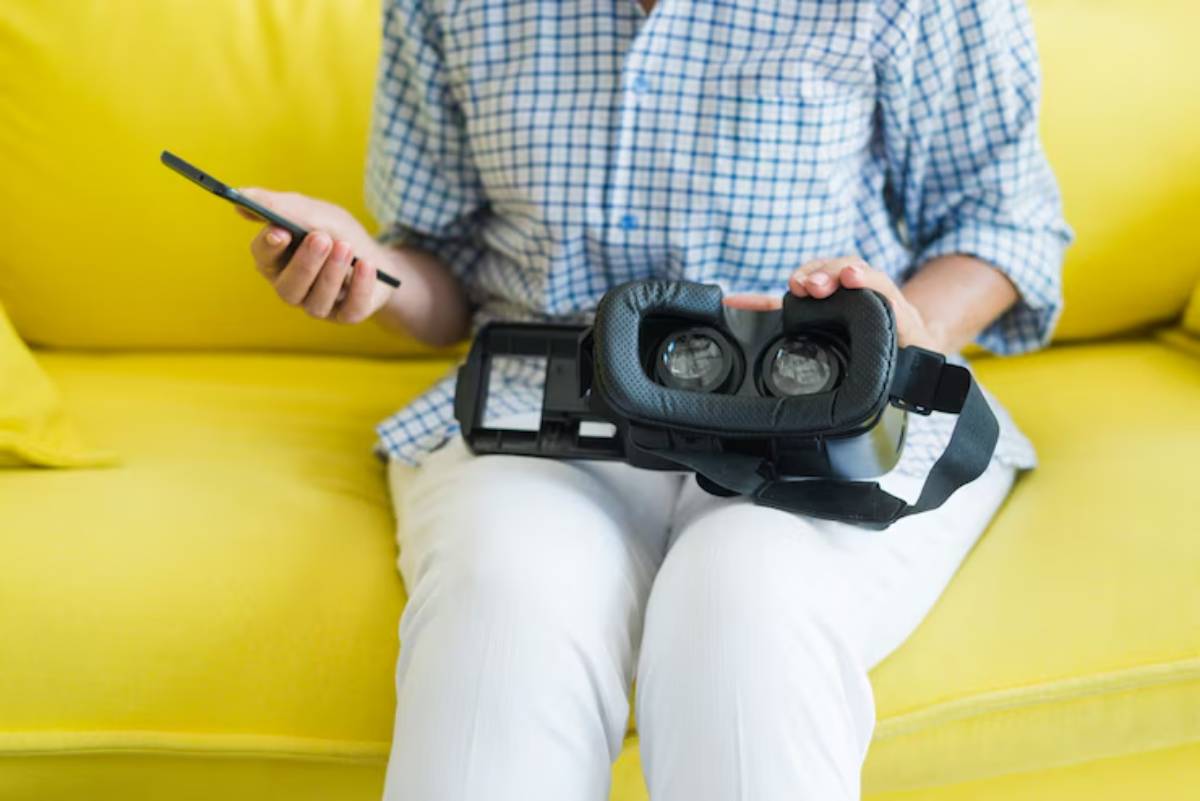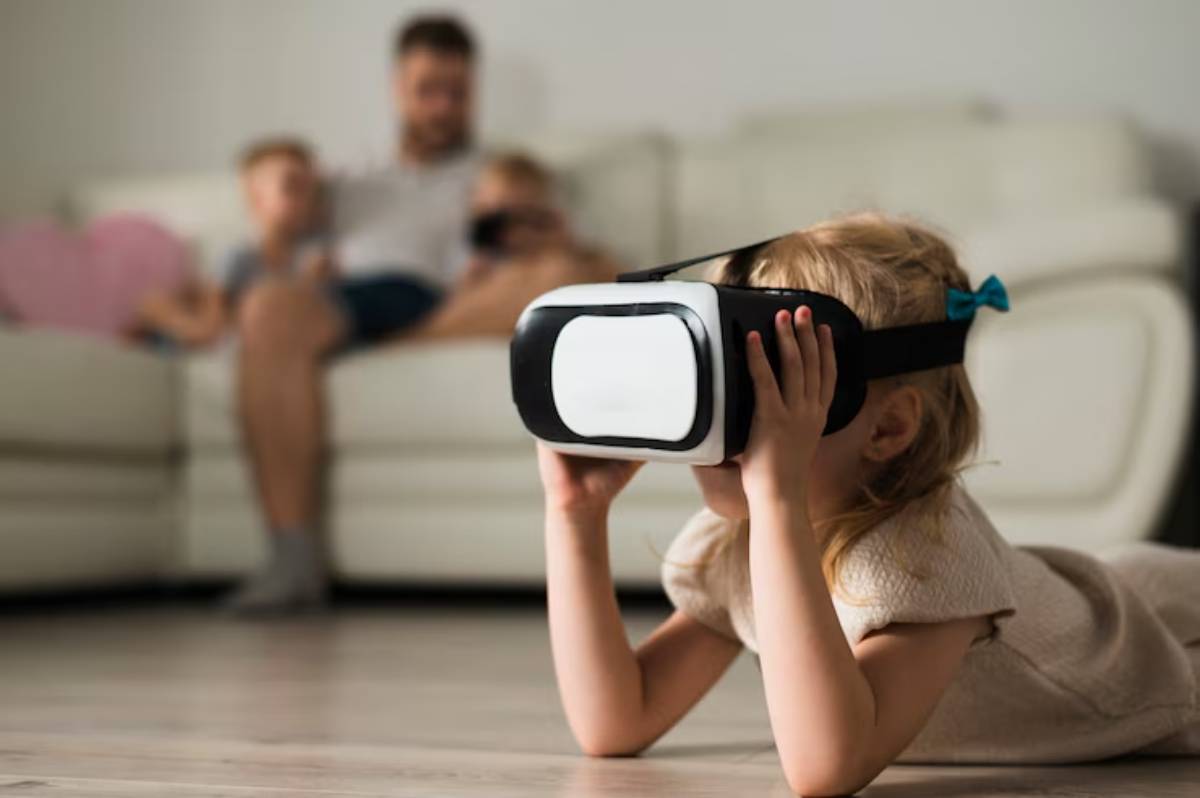
Setting Parental Controls in VR Devices
VR isn’t just the latest tech toy — it’s a door to new realities. From underwater explorations to time-travel storytelling, the possibilities for learning and play are endless. But for parents, VR also brings a new wave of concerns: Is my child seeing age-appropriate content? Are they safe online? Can I control what they access?
The good news is, you can.
With the rise of family-friendly VR platforms and dedicated tools, setting up parental controls in VR devices has never been more achievable, but it does require thoughtful setup. Whether you’re a parent new to the world of virtual reality or a tech-savvy guardian aiming to fine-tune permissions, this guide will walk you through how to manage VR for children safely and effectively.
Why Parental Controls Matter in VR
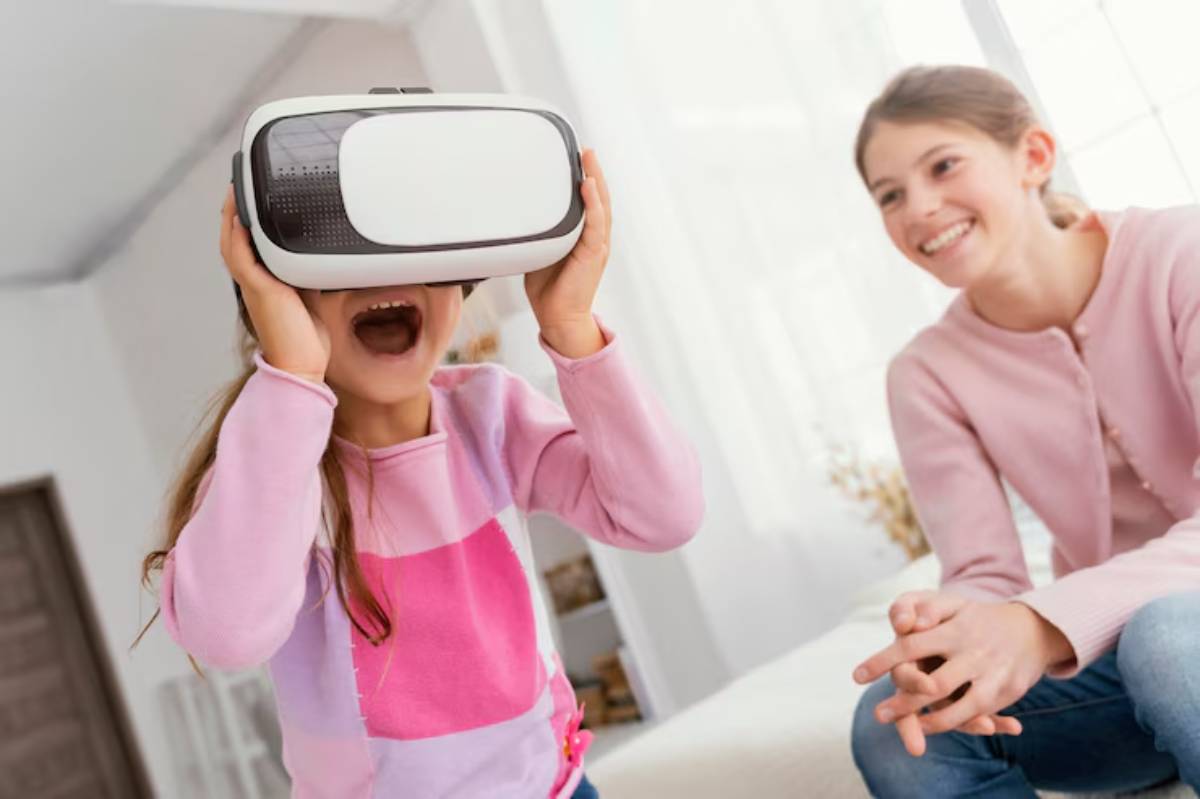
VR can be a brilliant space for creativity and movement, but unlike tablets or consoles, it’s immersive, personal, and more difficult to supervise in real time.
Risks Without Parental Oversight
- Exposure to inappropriate content (violence, language, horror themes)
- Unmoderated online interactions with strangers
- Long screen time leads to eye strain and reduced physical activity
- In-app purchases or downloads without consent
- Loss of real-world spatial awareness in play environments
When set up properly, safe VR settings not only protect your child but also ensure they get the most out of their experience, educationally and emotionally.
Key Parental Control Features to Look For
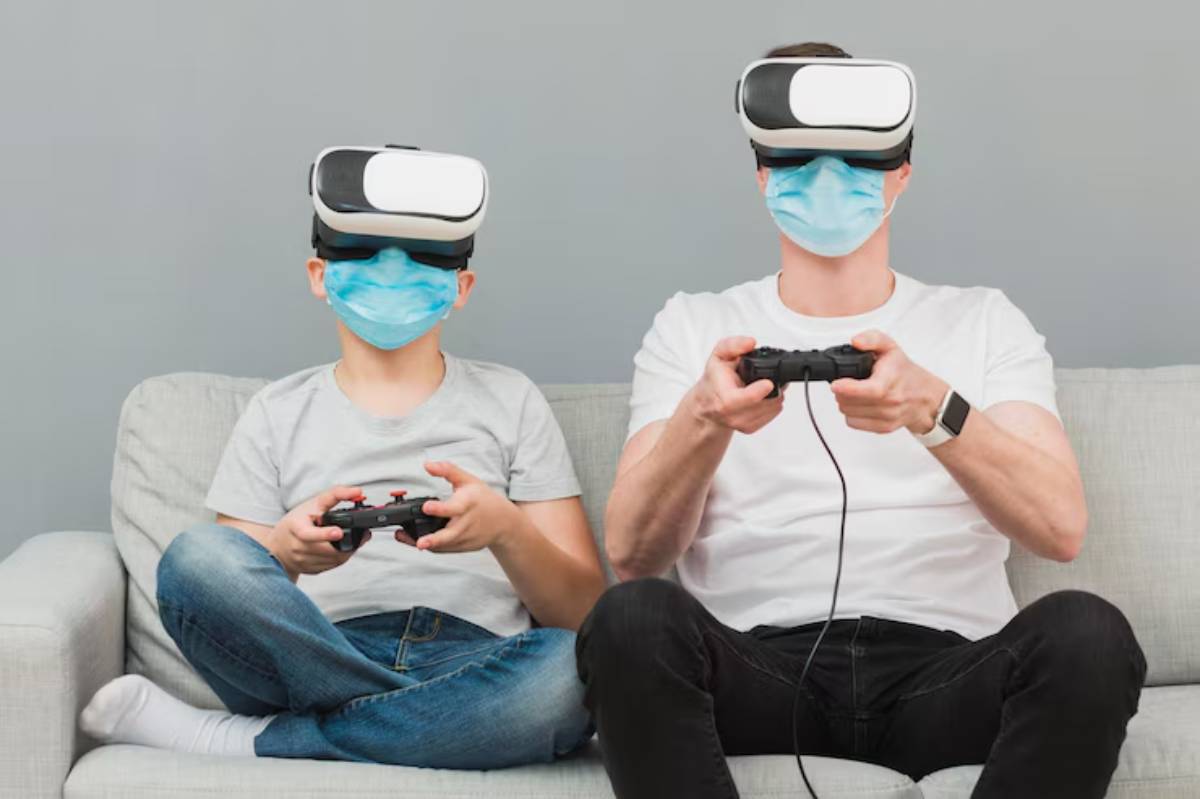
Before diving into device-specific guides, it’s worth understanding the types of parental control features that matter most.
1. App and Game Restrictions
- Block access to age-inappropriate titles
- Filter downloadable content by rating
- Curate a list of approved apps
2. Screen Time Management
- Daily and weekly usage caps
- Automatic lockout or alerts after limits are reached
3. Privacy and Online Communication
- Disable voice or text chat
- Prevent friend requests or access to multiplayer modes
4. Purchase Controls
- Require passcodes or biometric confirmation for app store access
- Disable in-app purchase permissions entirely
5. Activity Monitoring
- View headset usage logs
- Check app history and time spent in each app
- Pair devices with parental mobile apps
How to Set Parental Controls on Popular VR Devices
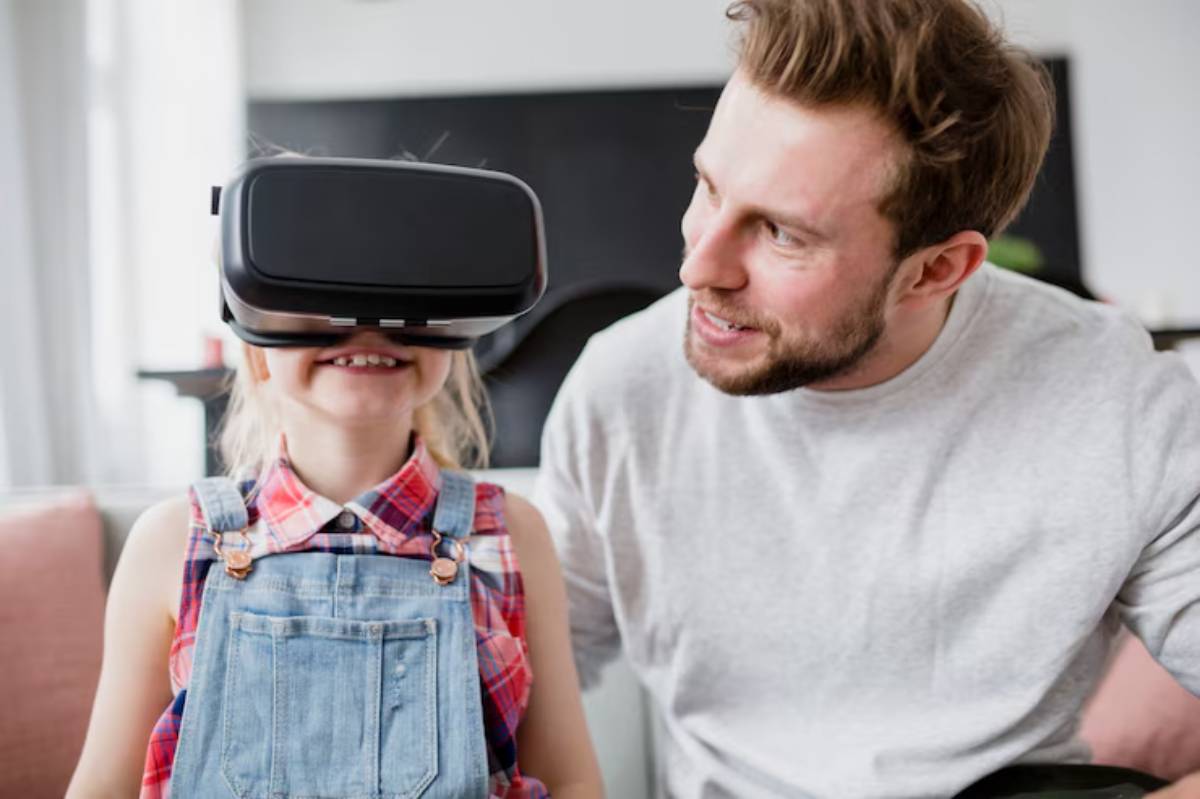
Meta Quest 2 and 3
Meta’s Quest headsets are among the most popular VR devices, especially for teens and older children. Thankfully, Meta Family Centre now offers robust parental tools.
Setup Overview:
- Create a Family Centre account on Meta’s website
- Link your child’s Meta account to yours
- Access content settings, time limits, and app visibility
Available Features:
- Block mature-rated apps
- Approve or deny friend requests
- Set screen time reminders and usage limits
- Monitor headset activity remotely via your Meta app
Best For: Parents of children aged 13+ (minimum age for Meta account. Combine these settings with accessories like top VR controller grips and skins to ensure comfort and safe handling during active sessions.
PICO 4
PICO’s platform is increasingly popular among family users thanks to its comfort and ease of use, though it lacks the depth of Meta’s Family Centre.
Current Controls:
- Restricted user profiles (to avoid access to certain apps)
- Ability to sideload apps manually for curated access
- Privacy settings to disable chat or restrict data sharing
Limitation: No centralised mobile app for parental monitoring — manual control needed.
Best For: Parents who want to manage headset access directly and are okay with more hands-on oversight.
PlayStation VR2
If your child uses PSVR2 connected to a PlayStation 5, you’ll find robust parental control tools already integrated through the PlayStation Family Management system.
What You Can Do:
- Restrict VR game access by age rating
- Limit playtime by day and session length
- Block online interactions and purchases
- Manage usage from your mobile phone or console dashboard
Bonus: The PS5 will automatically prompt for guardian verification if a child tries to open restricted content.
Best For: Console gamers with established family profiles.
Merge VR and Bnext VR (Phone-Based Headsets)
These entry-level headsets use smartphones for display and app access, so the parental controls are tied to the phone, not the headset itself.
Use Built-In Phone Features:
- iOS Screen Time for app blocking and time limits
- Google Family Link for Android content filtering and app control
Pros:
- No headset-specific accounts to manage
- Easier to monitor from the device in your hand
Best For: Younger children (ages 8–12) using VR in a more passive or supervised setting.
Managing VR for Children in Shared or Family Environments
In households where one headset is shared among multiple users (siblings, friends, or parents), setup becomes even more crucial.
Safe Shared Use:
- Create individual user profiles where possible (some platforms support this)
- Set up password locks on mature-rated apps
- Establish VR zones with safety boundaries and visible play areas
- Use removable face covers for hygiene and comfort
- Agree on usage rules with your child in advance
Also, encourage children to play in open, shared areas — this makes supervised play easier and discourages sneaky screen time.
Addressing Screen Time and Physical Safety
Even with the best VR parental controls in place, balance is key.
Healthy Usage Guidelines:
- Under 12 years old: Limit to 20–30 minutes per session
- 13+ years old: Aim for 1 hour max, with breaks
- Encourage breaks every 30 minutes to reduce eye and neck strain
- Use lightweight headsets to minimise pressure and improve posture
Looking for something more comfortable for longer sessions? Consider options from our guide to lightweight VR headsets for long sessions.
Conversation Is the Best Control
Even the most locked-down device can’t replace trust and communication. The best approach combines technology with regular conversations.
What to Talk About:
- Why certain games or apps aren’t appropriate yet
- How to identify and report disturbing or unsafe content
- The importance of privacy and data sharing online
- What to do if someone behaves inappropriately in VR
- How screen time can impact mood, sleep, and learning
Conclusion: Stay in Control Without Killing the Fun
Virtual reality can spark imagination, learning, and movement in kids — but without proper setup, it opens doors you may not want them walking through.
By taking advantage of built-in parental control features, supervising session time, and maintaining open communication, you can create a safe VR environment that’s both exciting and age-appropriate.
Whether your child is using a Quest 3, PICO 4, or a basic smartphone-powered headset, remember: you’re in control of the experience — not just the device.
Ready to take charge of your child’s VR journey? Set the rules, explore together, and turn their screen time into something meaningful, secure, and fun.


